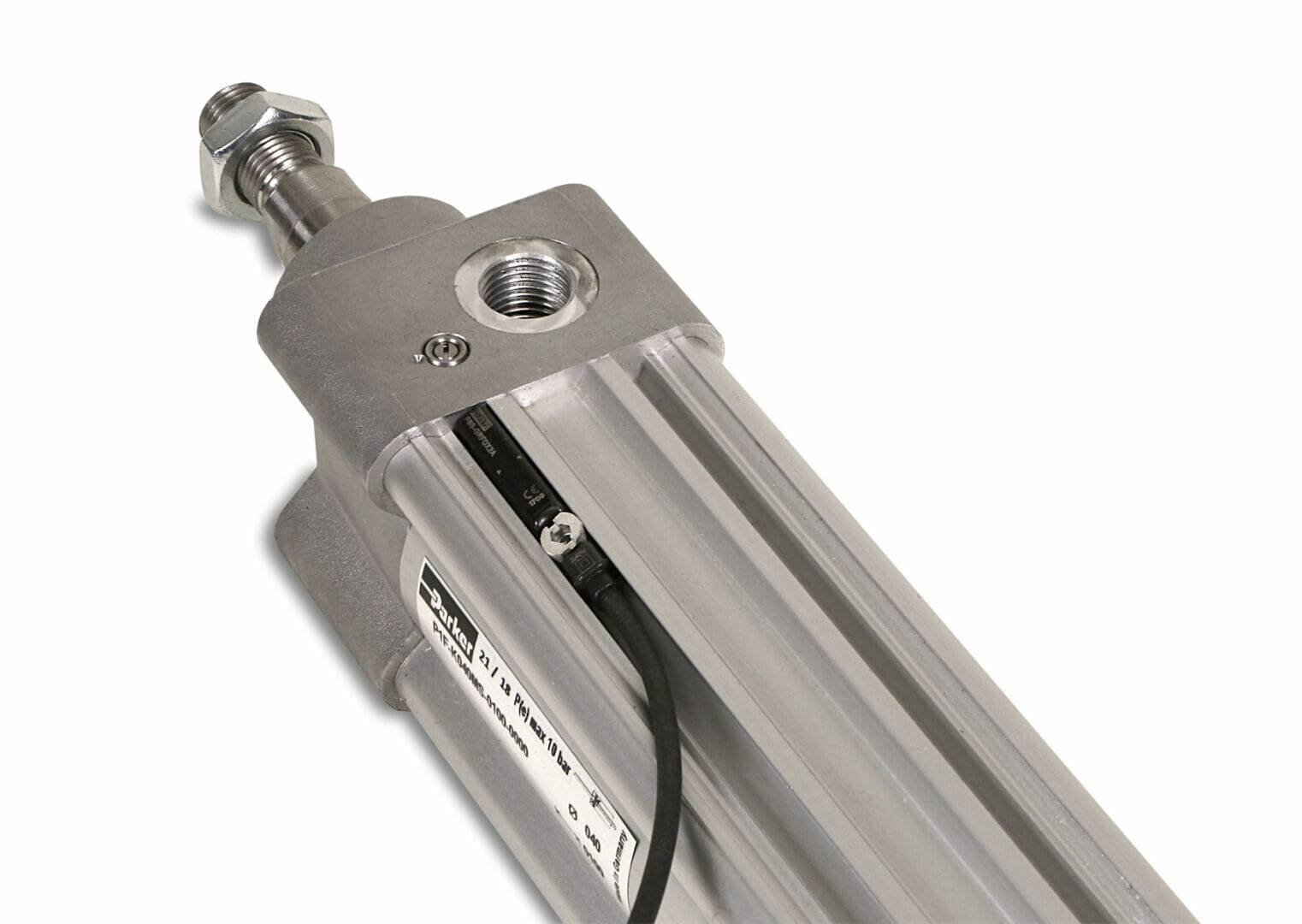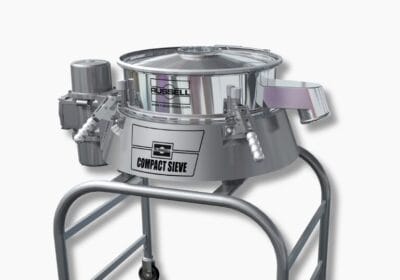Sensors for pneumatic and electronic actuation applications fit all standard 5mm T-slots
Warwick, UK, 3rd December 2019 – Parker Hannifin, the global leader in motion and control technologies, has introduced a new family of proximity sensors for use with pneumatic or electric actuators in a wide range of automation and motion control applications. P8S magnetic cylinder sensors enable quick, precise and contactless sensing of a piston‘s position in cylinders. The sensors provide an elegant and cost-effective solution in automated systems and are optimised to be especially easy to mount and incorporate in designs.
To facilitate global application use, the sensor is designed to fit all standard 5mm T-slots, regardless of cylinder profile or brand. This provides a simple, direct solution versus turn-in or slide-in concepts plus a significant reduction in installation time.
Mounting is simplified further due to retaining ribs on each side of the sensor body. As a result, the sensor holds its position even before the locating screw is tightened. Once in the correct position, a single quarter turn of the eccentric fixing screw is all that is required to secure the sensor in place. The screw is capable of holding the sensor in the desired position even when the assembly is subjected to shocks and vibrations.
Quick and easy fixing of the sensor also means rapid replacement. The fixing screw is attached to the housing so it cannot be lost. In addition, the operation can be performed without removing the cylinder end caps.
As well as compatibility with all standard 5mm T-slots, adapters can be deployed to allow P8S proximity sensors fit round-rod and tie-rod cylinders, along with cylinders featuring dovetail grooves.
Options for P8S proximity sensors include: electronic PNP, NPN or electric Reed outputs; normally closed or open functions; two or three wires in 0.3, 3 or 10 m lengths; and M8R knurled nut connectors or flying leads.
An LED indicates the output state, while the enclosure has an IP 67 rating. ATEX-rated versions are also available for use in potentially explosive atmospheres.








